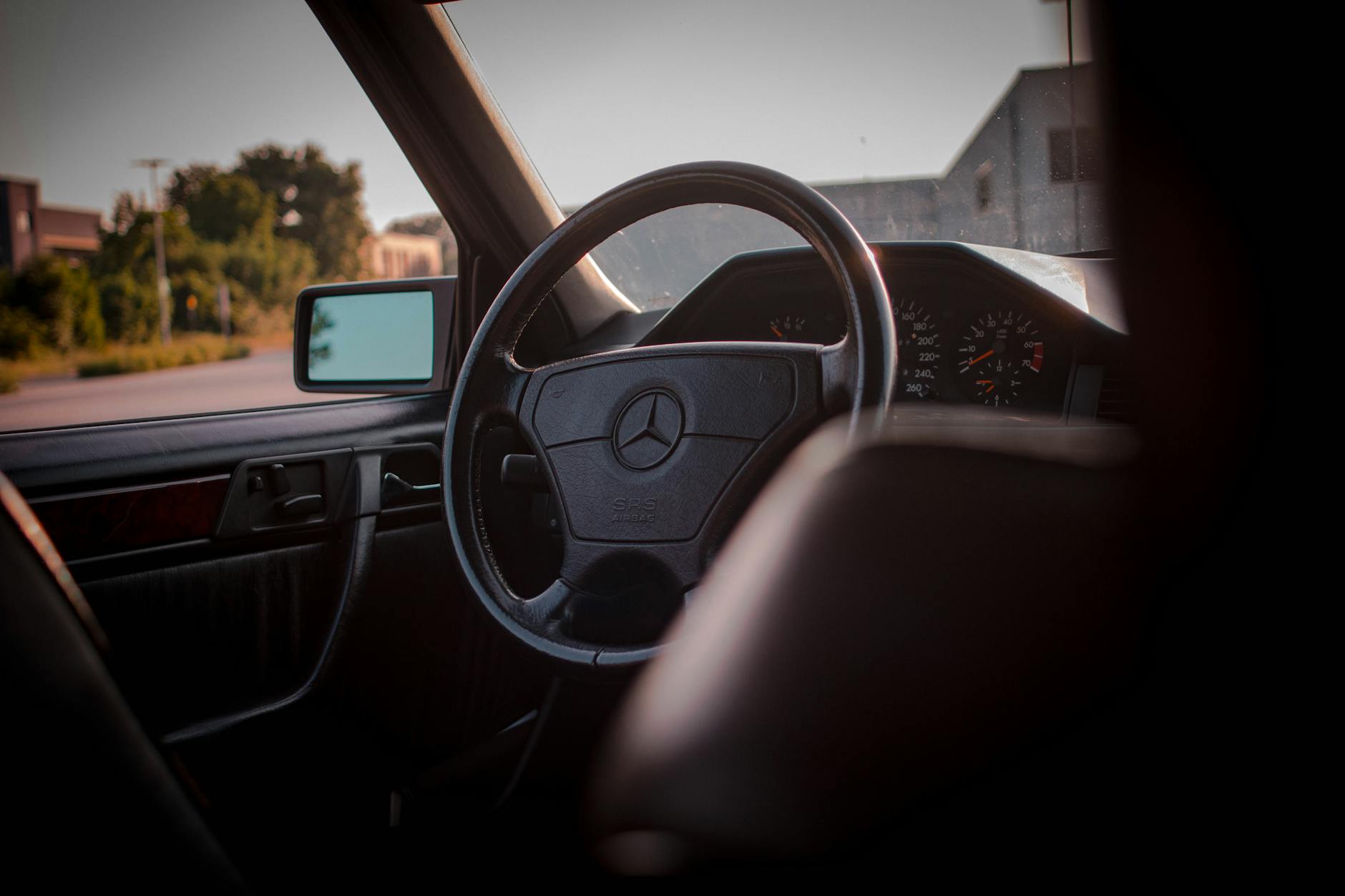Hot Trends in Automotive Electrical Imports

The automotive industry is undergoing a profound transformation, fuelled by a shift towards electric vehicles and the incorporation of advanced technologies in auto manufacturing. As automakers strive to satisfy consumer demands for high-performance, efficient, and connected vehicles, the import of innovative electrical components is surging. Let’s explore the latest trends driving the import market for automotive electrical components.
Advanced Batteries
The heart of every electric vehicle (EV) is its battery. As we move towards a future dominated by EVs, the demand for high-capacity, long-lasting, and fast-charging batteries has accelerated. Lithium-ion batteries have been the mainstay, but newer chemistries like solid-state and lithium-sulfur are gaining traction. Importers are sourcing batteries with improved energy densities and a lower risk of thermal events, promising safer and more reliable vehicles.
Lithium-Ion Advancements
Imported lithium-ion batteries are seeing enhancements in cathode and anode materials, improving their performance and reducing weight and cost.
Solid-State Batteries
Solid-state batteries eliminate the liquid electrolyte, providing higher energy density and safety. This technology is still nascent but is expected to revolutionize the market once it becomes commercially viable.
High-Tech Infotainment Systems
Modern consumers expect more than just transportation from their vehicles; they seek an immersive experience. Infotainment systems have evolved into sophisticated hubs of entertainment, navigation, and connectivity.
Touchscreen Interfaces
Touchscreen entertainment systems with intuitive interfaces and responsive designs are becoming a standard in the market.
Connectivity
Features such as Apple CarPlay, Android Auto, and onboard Wi-Fi are in high demand. The trend is towards seamless integration between the smartphone and the car's system.
Voice Commands and AI
Advanced voice recognition and AI-driven personal assistants enable drivers to control various vehicle functions without taking their hands off the wheel.
Electrification of Vehicle Components
The trend towards vehicle electrification extends beyond the powertrain. Conventional mechanical systems are being replaced with electrically driven alternatives for better performance and efficiency.
Electric Power Steering
Converting hydraulic steering systems to electric power steering (EPS) reduces weight and mechanical complexity while improving fuel economy.
Brake-by-Wire
This technology replaces the traditional mechanical and hydraulic brake components with electronic controls for more responsive braking and reduced weight.
Advances in Lighting Technology
LED and laser headlights are becoming more prevalent, imported for their superiority in brightness and energy efficiency. Adaptive lighting systems that adjust the beam pattern, automatic high beams, and ambient cabin lighting are also trending imports, adding to both the functionality and aesthetics of modern vehicles.
Smart Lighting
Intelligent lighting systems that adapt to driving conditions are becoming increasingly popular, enhancing safety and driver comfort.
Autonomous Driving Components
As vehicles become more autonomous, importers are focusing on the sensors and software that enable this technology. Lidar, radar, and cameras, along with the necessary computing power to process the data collected by these sensors, are seeing a significant increase in demand.
Conclusion
The rapid changes in the automotive industry are reflected in the import trends for electrical components. As advanced batteries, high-tech infotainment systems, further electrification, smart lighting, and autonomous driving technologies continue to evolve, staying informed about these trends is essential for businesses aiming to remain competitive in the automotive sector. The future is electric, and the transformation is already on its way. Stay ahead of the curve and embrace the electrification revolution.